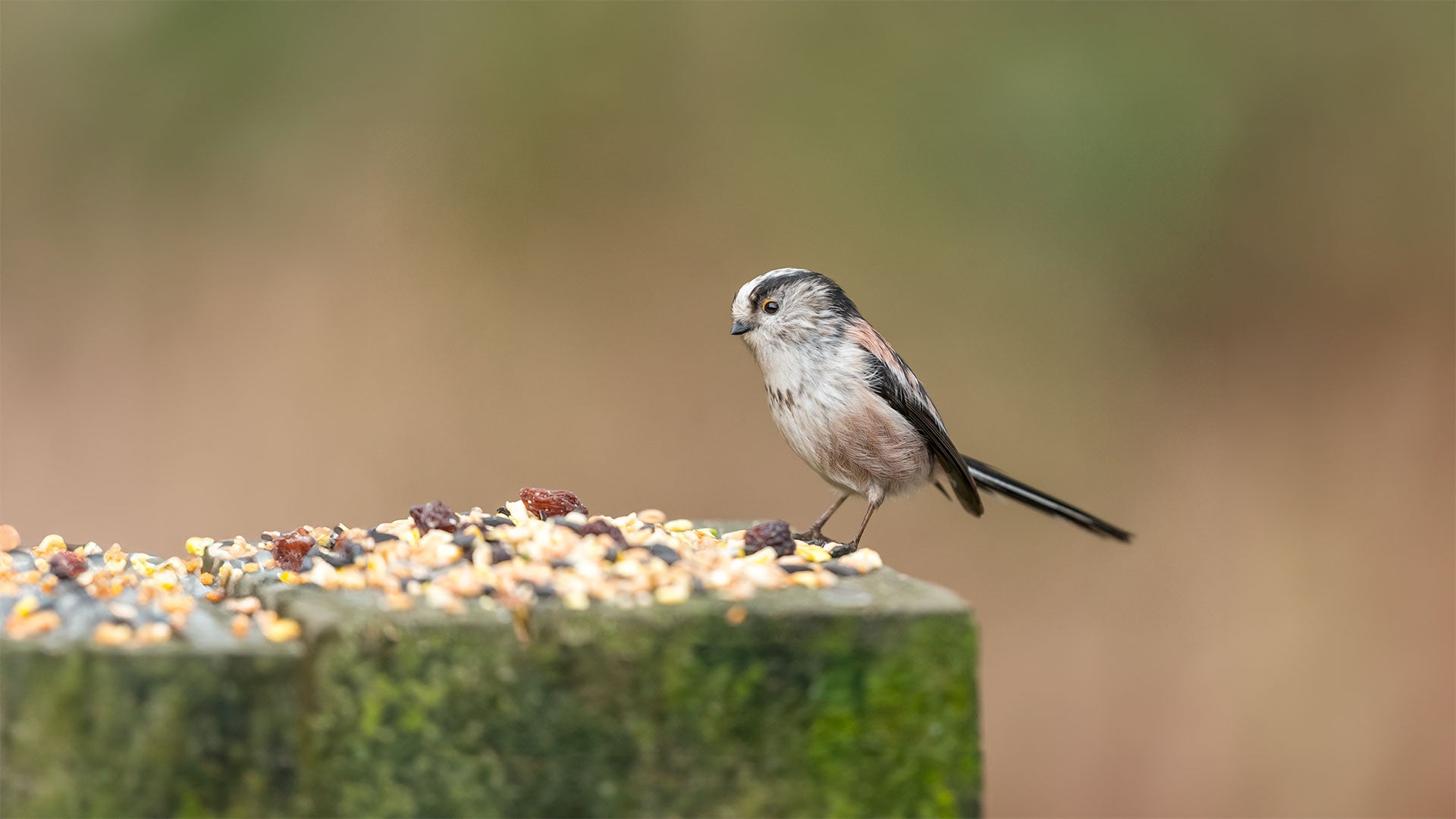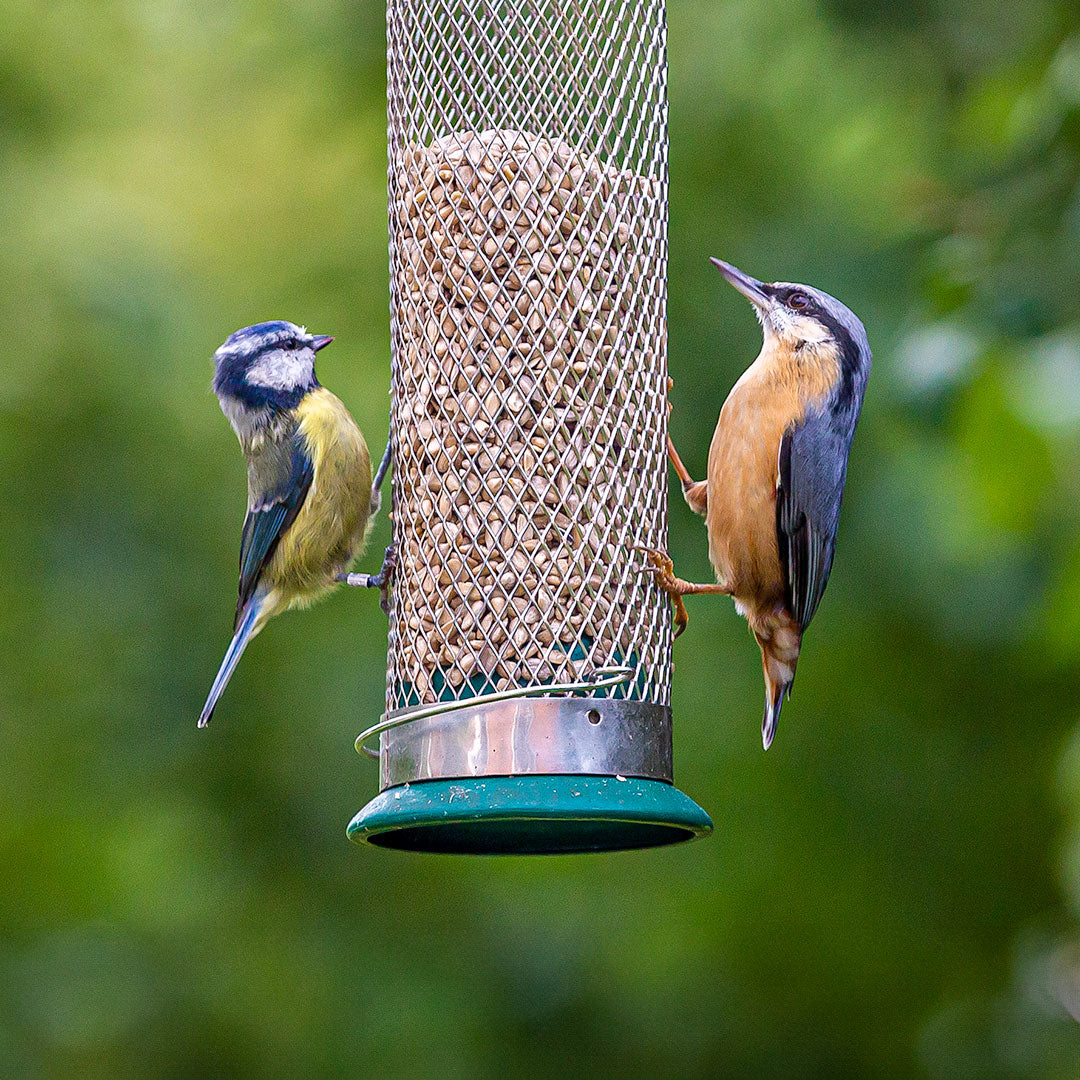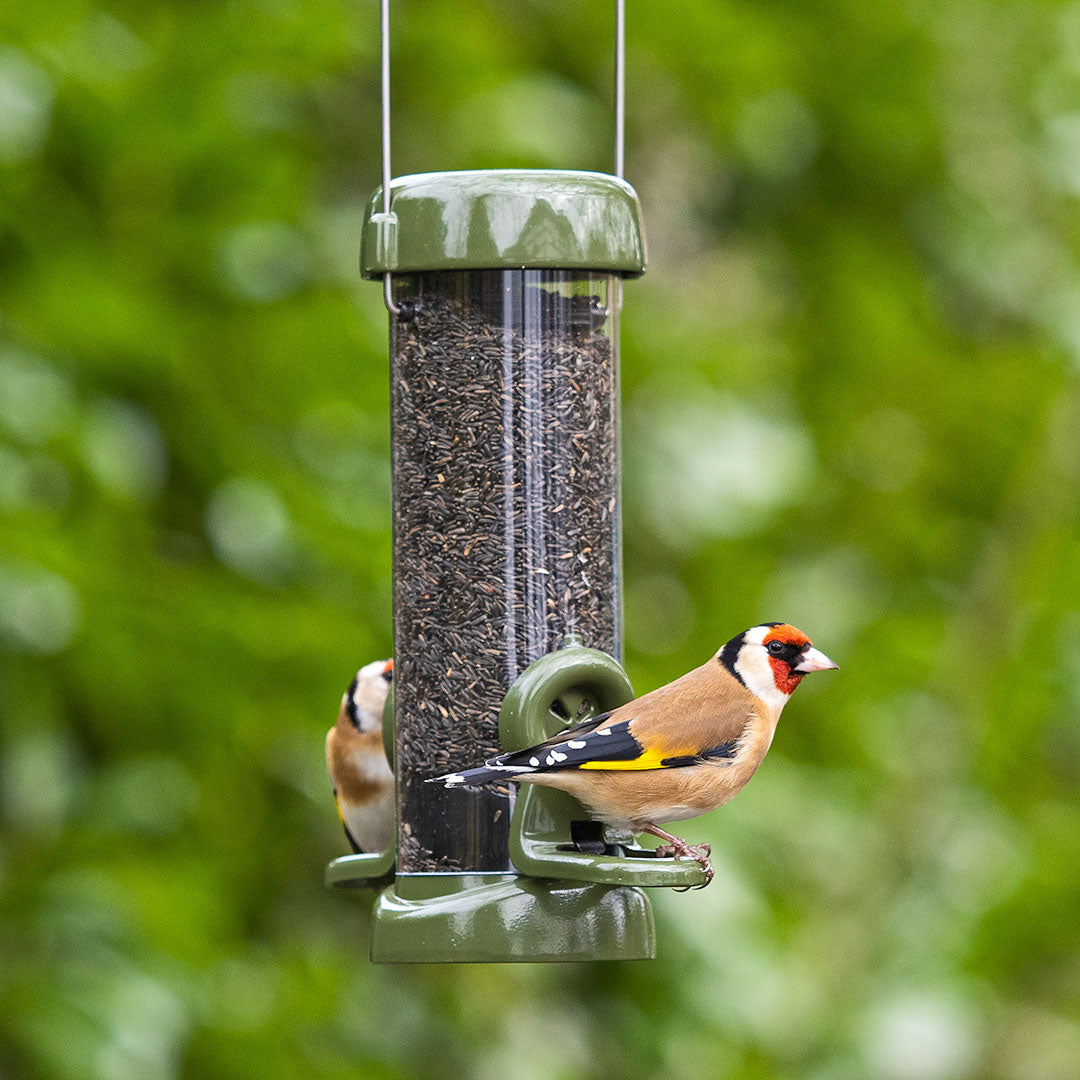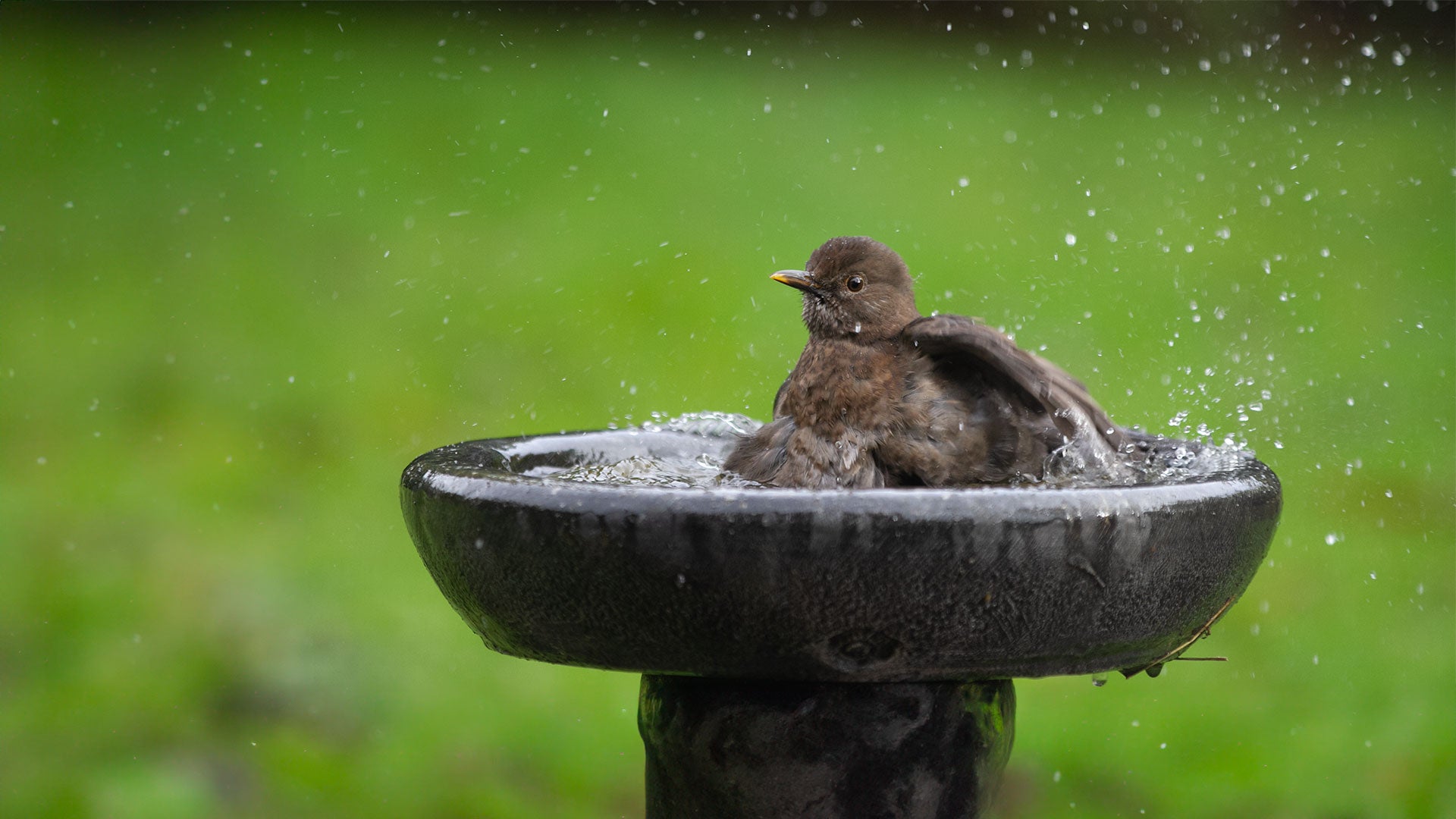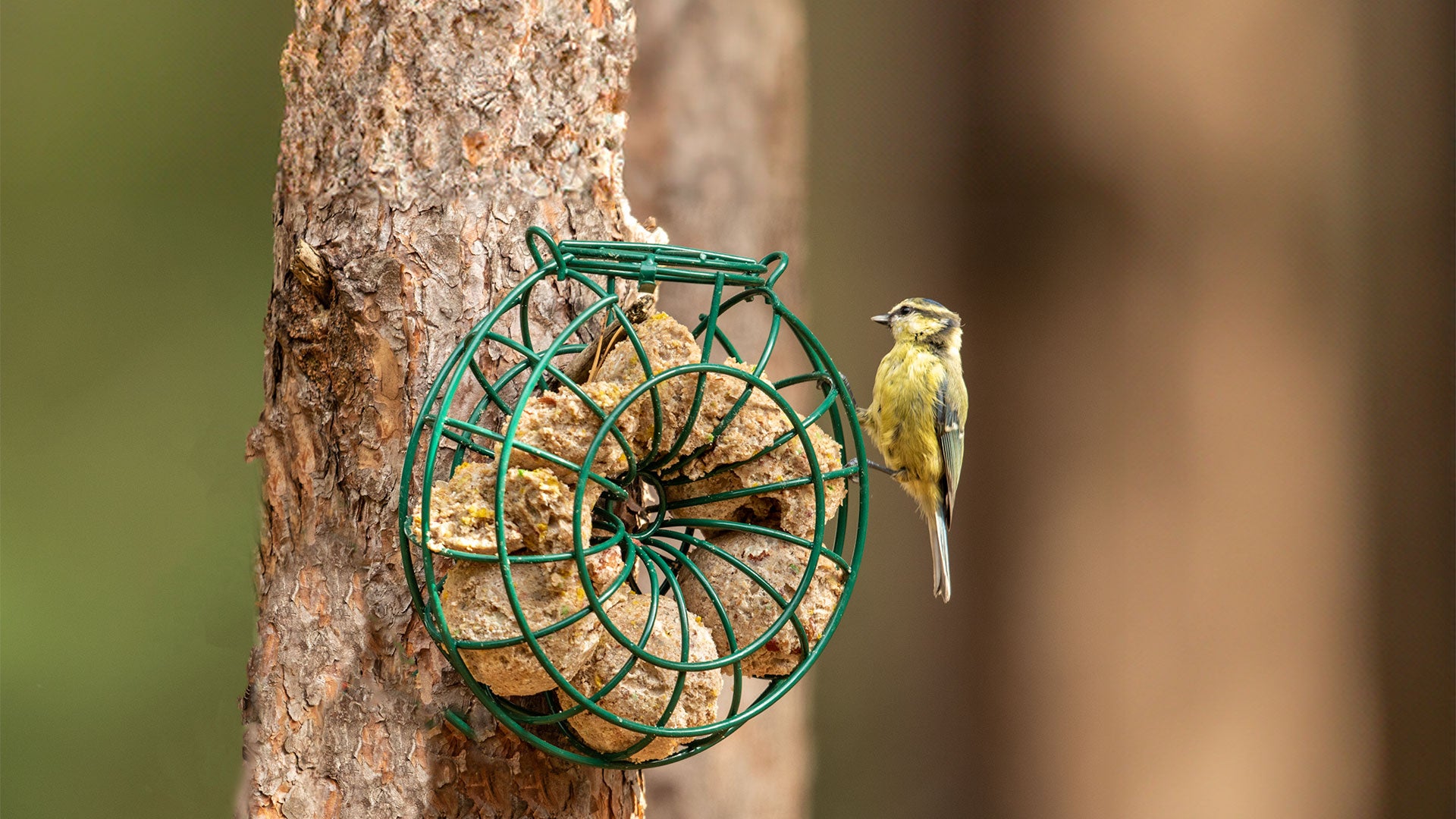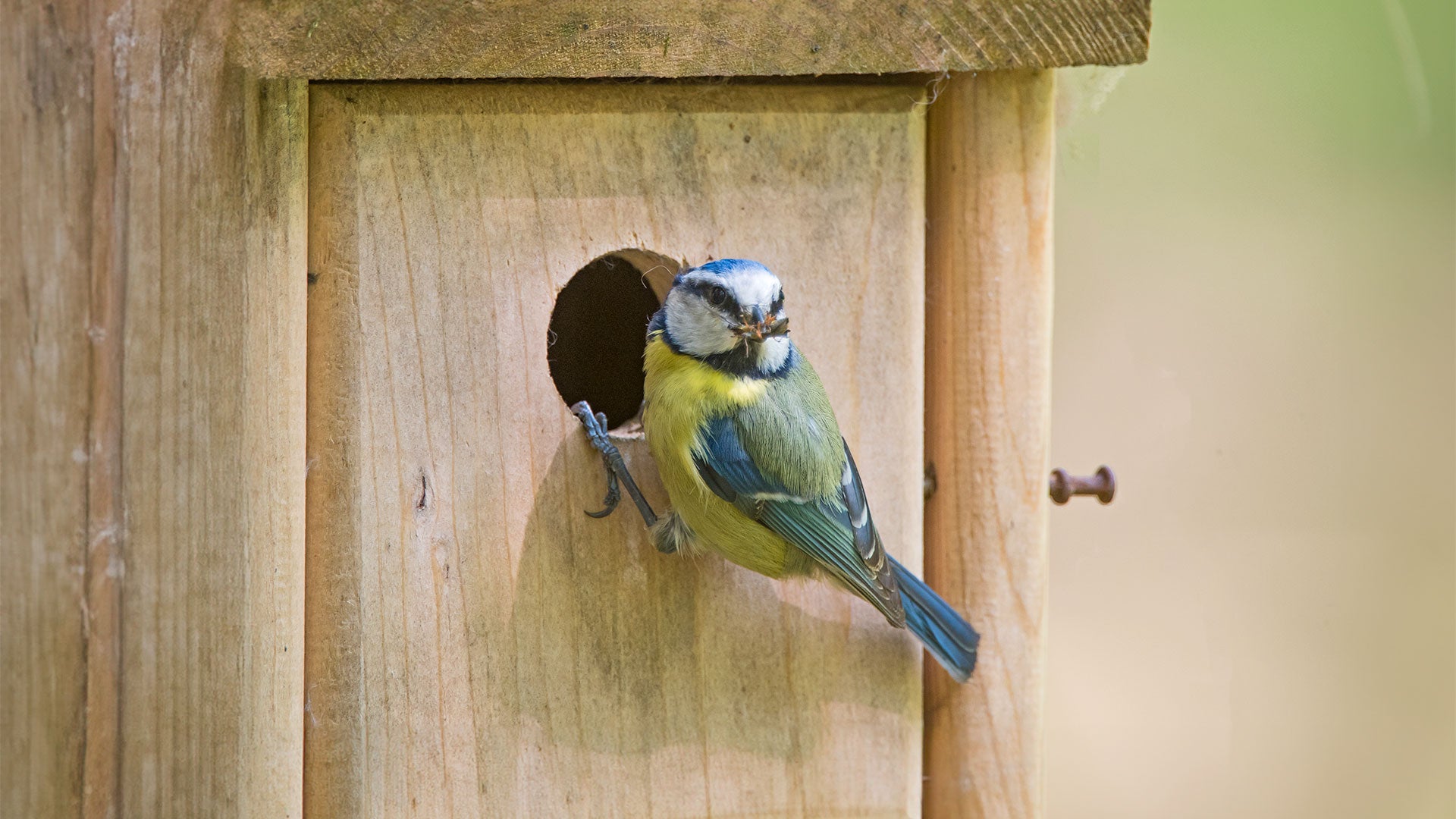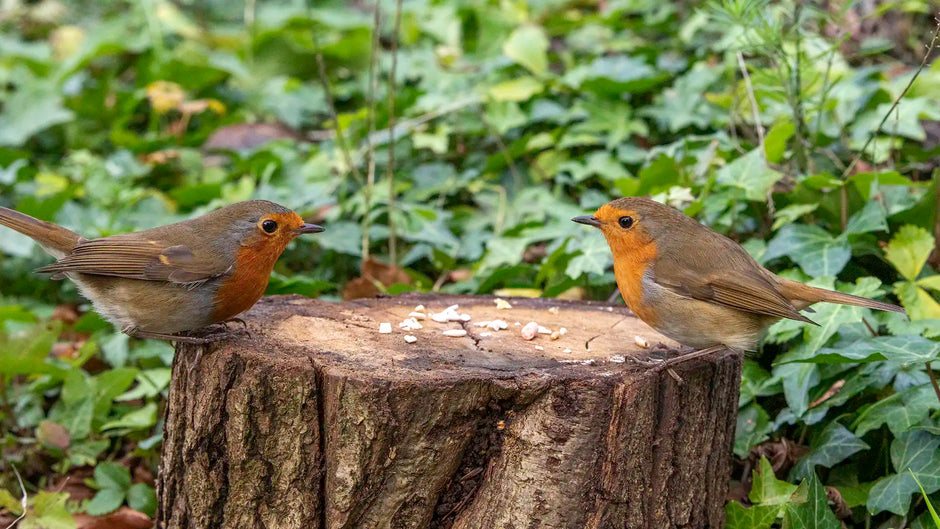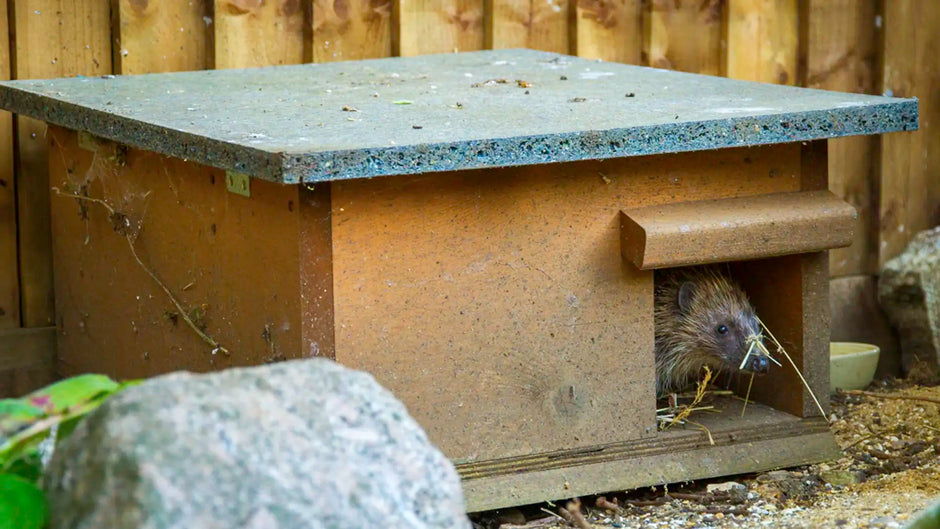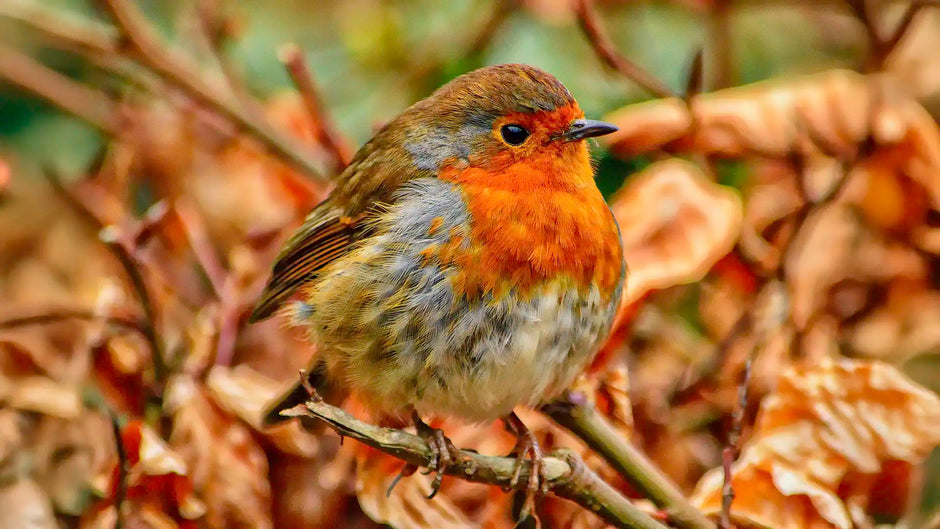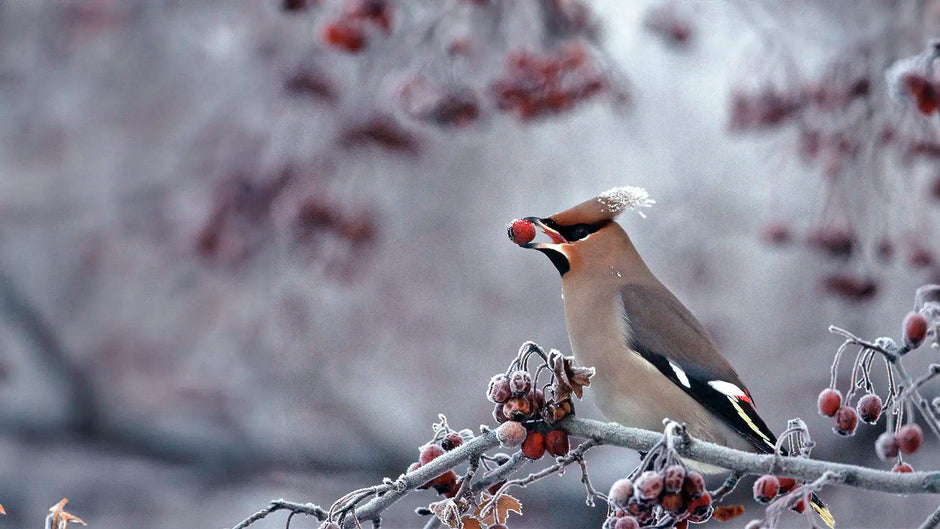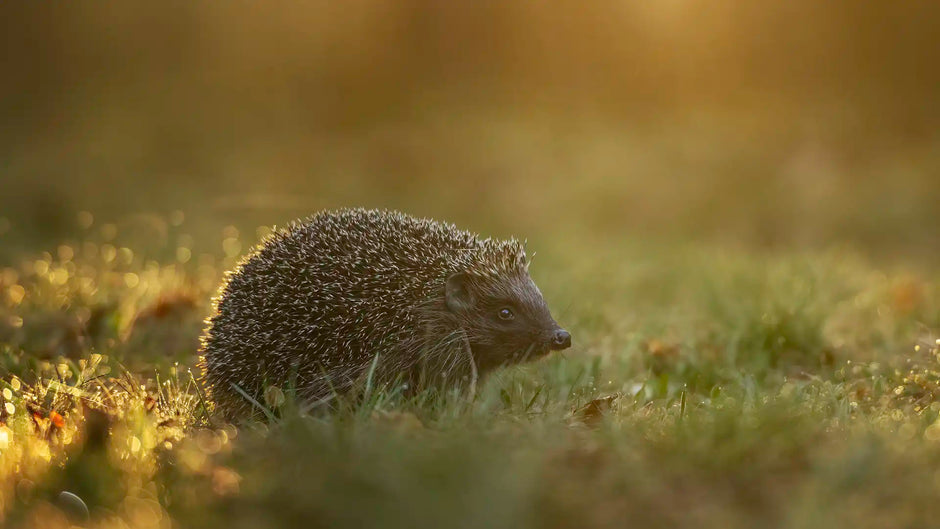As autumn sets in, your garden birds face big changes. Some are recovering from a busy breeding season, others are preparing to migrate, while new arrivals journey in from the north. Food is scarcer and days are shorter, making reliable feeding more important than ever. Here’s how to make your feeders a lifeline for birds this autumn.
Introduction
Autumn creeps in quietly at first, a cool edge in the mornings, mist rising in low valleys, and the first yellow leaves drifting to the ground. In the garden, there’s a change in the air: the chorus of fledgling calls has gone, the evenings draw closer, and the birds you see on your feeders aren’t quite the same as a few weeks ago.
Feeding birds in autumn is about more than topping up a feeder. It’s about helping them recover from the hard work of summer, fuelling those about to migrate, and supporting those that will soon be braving the winter alongside us. And in return? Your garden stays alive with life, even as the days shorten.

Why Autumn Bird Feeding Matters
Autumn is often overlooked when it comes to bird feeding. Many people think food is only needed in the depths of winter, but in truth, autumn is a vital time of transition.
- Post-breeding recovery: Blackbirds, robins, dunnocks, and sparrows have raised multiple broods through spring and summer. By September, these parent birds are exhausted and thin, having funnelled every ounce of energy into their young. Autumn feeding helps them restore condition before the cold sets in.
- Late broods at risk: Birds hatched in late summer have less time to develop independent survival skills than their spring counterparts. As days shorten and temperatures drop, their survival rates decrease significantly. By providing reliable food sources during autumn, you can help these vulnerable fledglings prepare for winter rather than succumb to harsh conditions.
- Moulting season: Most garden birds undergo their annual moult from late summer into autumn. Growing an entire new suit of feathers is demanding, and protein-rich foods like mealworms and suet make all the difference. A well-fed bird grows sleek, insulated feathers. A poorly fed one may struggle through winter with gaps in its plumage.
- Migration on the move: Swallows and house martins are preparing for their journeys south. Chiffchaffs and willow warblers also depart, while redwings, fieldfares, and bramblings arrive from Scandinavia and Russia. Many of these migrants pause in gardens to refuel on berries and insects.
- Shorter days: By October, daylight is noticeably limited. Less time to forage means a reliable food source close to hand is hugely valuable.
So, if you want your garden to stay alive with feathered visitors, autumn is the season to make sure the feeders stay full.

What Foods to Offer Birds in Autumn
Energy-rich seeds and nuts
Sunflower hearts are the undisputed favourite for many species, including goldfinches, greenfinches, sparrows, and tits. They’re easy to eat, high in calories, and perfect for topping up fat reserves. Black sunflower seeds are equally nutritious, though birds have to crack the husk themselves.
Peanuts are another excellent autumn food. They’re rich in protein and energy, particularly appealing to tits, nuthatches, and great spotted woodpeckers. Always use peanuts from a trusted wildlife supplier, which have been tested free from dangerous aflatoxin, and never feed salted or roasted peanuts, which can harm birds.
High-protein options
Mealworms (dried or live) are invaluable at any time of year. Robins, wrens, and blackbirds love them, and they provide the protein needed for moulting. Mealworms also mimic the natural insect diet that’s declining as the season cools.
Fat balls and suet
Though often associated with frosty mornings, autumn is the perfect time to start putting out suet. The extra fat content helps tits, starlings, and woodpeckers stock up ahead of winter. Suet pellets mixed with berries or insects are especially useful, echoing the foods birds naturally seek in hedgerows.
Fruit and berries
Autumn hedgerows brim with natural food - hawthorn, rowan, and elderberries are a lifeline for thrushes, starlings, and blackbirds. In your garden, you can supplement with chopped apples or pears, or soaked raisins. Place fruit on a bird table or the ground to attract ground-feeders like blackbirds and song thrushes.
Seasonal caution
Avoid bread or salty scraps. These fill birds’ stomachs but lack the nutrients they desperately need. Stick to specialist bird foods or safe fruit and seed options.

Which Birds Visit Gardens in Autumn?
Autumn is a season of shifting birdlife. Some familiar faces remain, while others pass through or arrive for the colder months.
- Robins: They become more visible and vocal again, singing to establish winter territories. Offer mealworms and suet pellets to keep them close.
- Tits (blue, great, coal, long-tailed): Family flocks roam gardens in search of peanuts, sunflower hearts, and fat balls.
- Finches (goldfinch, greenfinch, chaffinch): Goldfinches are especially drawn to sunflower hearts and niger seed. Bramblings, and siskins arriving from Scandinavia, sometimes joining mixed flocks.
- Thrushes (blackbird, song thrush, redwing, fieldfare): Blackbirds and thrushes feast on fruit and berries. Redwings and fieldfares arrive in October/November, often travelling in large, noisy flocks.
- Starlings: Gangs of chattering starlings descend on suet feeders, sometimes emptying them in minutes.
And don’t forget the departing birds: swallows, house martins, and warblers gradually disappear through September, leaving only the hardier residents behind.

Creating a Bird-Friendly Autumn Garden
Feeding is just one part of autumn support. Your whole garden can become a safe haven:
- Leave seed heads: Teasel, sunflowers, and grasses provide natural seed food.
- Offer fresh water: A clean bird bath is as important as a feeder, especially as frosts approach.
- Provide shelter: Dense shrubs, ivy, and hedges give birds cover from cold winds and predators.
- Think ahead: Now is the time to clean and repair nest boxes. Robins and wrens may roost in them through the winter, and by spring, they’ll be ready for nesting again.
- Wildlife harmony: Birds share the garden with hedgehogs, insects, and frogs. By leaving fallen fruit, leaf piles, and open access routes we help support the wider ecosystem.

What to Expect at the Feeder
One of the joys of autumn feeding is the variety. Mixed flocks form as family groups disperse, so your feeder might hold a dozen blue tits, a handful of goldfinches, the odd coal tit, a siskin, brambling and nuthatch all at once.
In early autumn, you may notice feeders go quiet as natural food is still abundant. But don’t stop feeding. As the weeks pass and wild supplies dwindle, your garden will become increasingly important, and birds will return in greater numbers.
FAQs – Autumn Bird Feeding
Do birds need feeding in autumn?
Yes. Autumn is a crucial time when birds recover from breeding, moult, and prepare for winter. Feeding helps them build reserves and keeps migrants moving safely.
What’s the best bird food for autumn?
Sunflower hearts, peanuts, suet, mealworms, and fruit. These provide the energy and protein birds need.
Should I feed suet in autumn?
Absolutely. Suet is valuable before winter sets in, giving birds extra energy for cold nights.
Why are there fewer birds at my feeders in September?
Natural food is abundant in early autumn, so birds forage widely. Keep feeders topped up and they’ll return as supplies dwindle.
Can I put out apples or pears?
Yes. Softened apples, pears, or soaked raisins are excellent for thrushes, blackbirds and redwings.
Will autumn feeding affect migration?
No. Birds have an instinctive clock for migration. Feeding supports their journey, it doesn’t stop them leaving. The warming climate is leading to more birds remaining in mild years, so temperature rather than food may affect behaviour.

Closing Thought
Autumn feeding is about more than helping birds survive; it’s about sharing your space with them in a season of change. From the robin’s winter song to the sudden arrival of redwings, every visitor at your feeder carries a story. By putting out food and making your garden welcoming, you’re not only keeping birds alive — you’re keeping autumn alive too.
Explore more in our A-Z Bird Identification Guide for detailed profiles of all your garden favourites.
Looking to spot a new visitor on your feeder? Our comprehensive species pages help you recognise and care for every bird that drops in.

